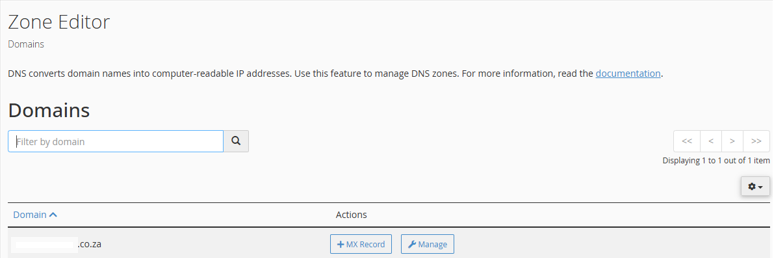When you make changes to your domain’s DNS settings, such as pointing it to a new server or updating email records, those changes are not visible everywhere instantly. This delay is known as DNS propagation.
DNS propagation refers to the time it takes for changes to Domain Name System (DNS) records to be updated across the internet. During this period, some users may see the new version of your website or service, while others still see the old one.
TABLE OF CONTENTS
What Causes DNS Propagation?
DNS relies on a global network of servers that cache DNS records to speed up web browsing and reduce traffic. When you make a change to a DNS record, it must be updated across these servers.
However, each DNS server has a Time to Live (TTL) setting that defines how long it will cache a DNS record before checking for updates. Until that cache expires and the server requests fresh data, it may still serve outdated information.
This is why DNS propagation is not instant and can vary depending on:
- The TTL values set for the DNS record.
- Geographic location of the user.
- Internet Service Provider (ISP) DNS refresh cycles.
- DNS caching by browsers or devices.

How Long Does DNS Propagation Take?
On average, DNS propagation takes anywhere from a few minutes to 24–48 hours.
The typical timeframes are:
- New Domains: 2 to 48 hours.
- A Record or CNAME changes: 30 minutes to 24 hours.
- MX, TXT, or SPF updates: 1 to 24 hours.
- Nameserver changes: Up to 48 hours.
Please Note:
These are general estimates. Some users may see changes almost instantly, while others, especially in regions with aggressive DNS caching, may experience delays.
How to Check DNS Propagation
You can monitor DNS propagation using free online tools such as:
https://www.whatsmydns.net
https://dnschecker.orgSimply enter your domain name, select the record type (A, CNAME, MX, TXT, etc.), and you’ll see how the DNS is resolving across different global locations.
Additional Information
Understanding DNS propagation helps you plan better when launching or migrating websites, updating mail servers, or making any DNS-level changes. Here are some best practices and insights:
What to Do Before Making DNS Changes
Reducing the TTL value (e.g., to 300 seconds) a day or two before making changes allows for faster updates. Once the change is complete, you can raise the TTL again.
Browser and System Caching
Browsers and operating systems may cache DNS records separately. If you’re not seeing the latest version of your website, try clearing your DNS cache or using incognito mode.
Testing your DNS
Use Public DNS Resolvers for Testing on Google’s (8.8.8.8) or Cloudflare’s (1.1.1.1) DNS servers often reflect DNS changes faster than ISP-level resolvers.
General DNS Propagation Information
- Changes Are Not Instant for Everyone: Even if DNS has propagated for you, others may still be seeing the old records. Be patient and allow time for global consistency before declaring a migration or change complete.
- Nameserver Changes Take the Longest: When switching hosting providers or DNS managers, nameserver updates usually take longer because they involve changing the root zone data held by registries.
- Avoid Making Critical Changes During Peak Hours: If your website or email needs to remain accessible, schedule DNS updates during low-traffic periods, and communicate expected downtime with stakeholders.




